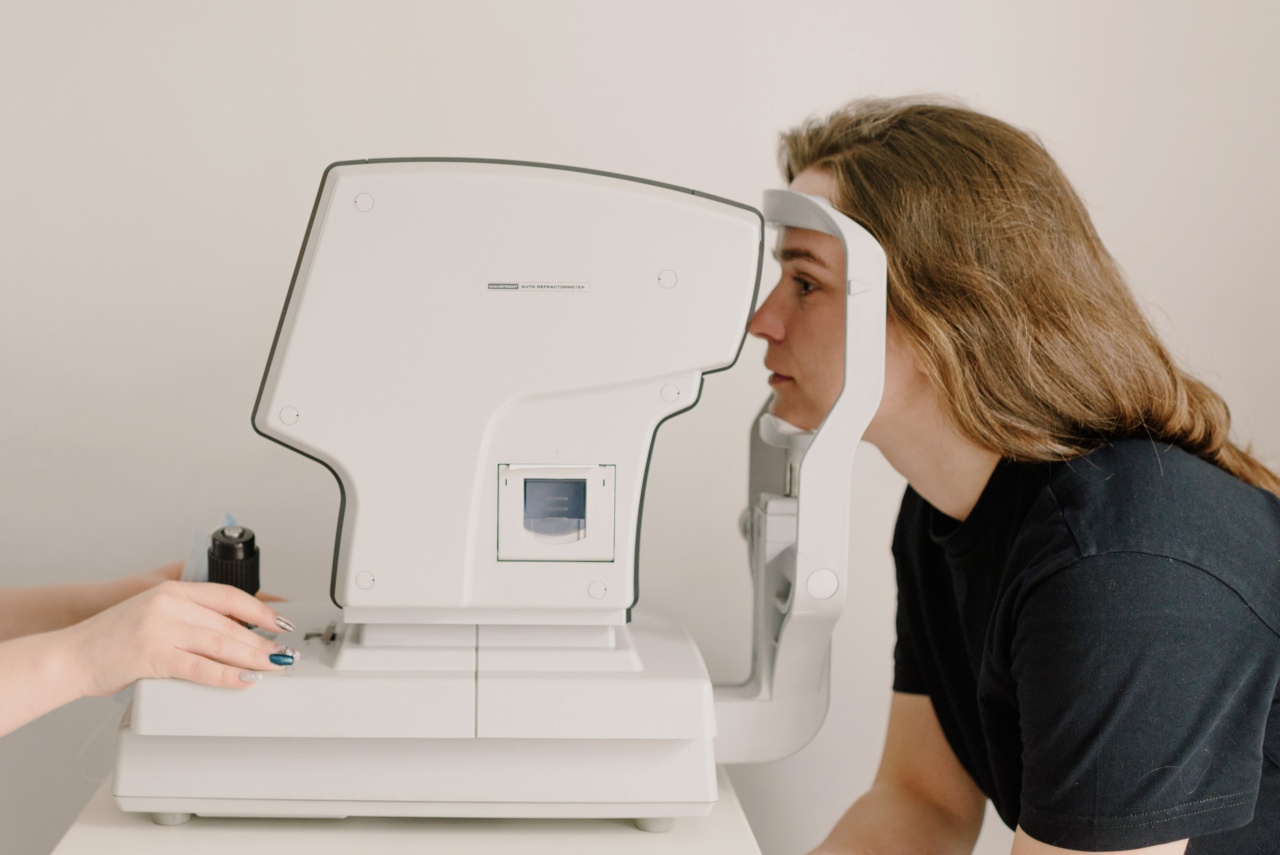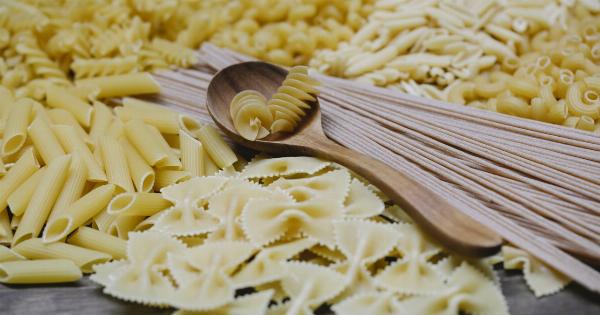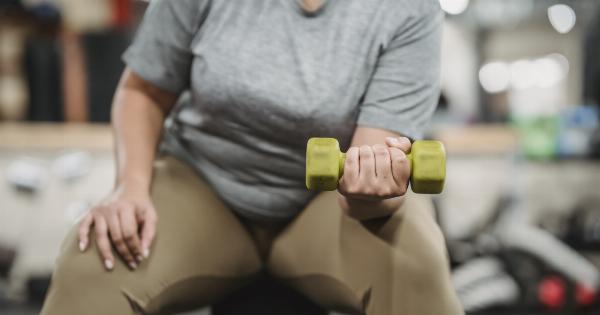Pregnancy is a transformative and awe-inspiring journey that brings about immense joy and excitement for expecting mothers. The process of creating a new life within the womb is nothing short of miraculous.
As the baby develops and grows, a woman’s organs undergo incredible changes and adaptations to accommodate the new life. In this article, we will explore the marvelous process of a woman’s organs during pregnancy.
The Role of the Uterus
The uterus, also known as the womb, is a key organ in the process of pregnancy. Prior to conception, the uterus is approximately the size of a pear. However, as pregnancy progresses, it expands significantly to accommodate the growing baby.
The uterus is composed of muscular walls that help support and protect the developing fetus.
Hormonal Changes
During pregnancy, the body experiences significant hormonal changes that play a crucial role in the development and maintenance of pregnancy. Hormones like progesterone and estrogen rise, helping to create an optimal environment for the baby to grow.
These hormonal shifts also affect other organs in the woman’s body, preparing them for the various stages of pregnancy.
The Placenta: A Lifeline
The placenta is a remarkable organ that develops alongside the baby. It acts as a lifeline, providing essential nutrients and oxygen to the developing fetus, while also removing waste products.
The placenta attaches itself to the uterine wall and forms a vital connection between the mother and the baby.
The Marvel of the Ovaries
The ovaries, which are responsible for the release of eggs during ovulation, continue to play a vital role during pregnancy. They produce hormones necessary for maintaining a healthy pregnancy, such as human chorionic gonadotropin (hCG).
This hormone is responsible for pregnancy tests detecting whether a woman is expecting or not.
Changes in the Breasts
One of the early signs of pregnancy is the noticeable changes in a woman’s breasts. As pregnancy progresses, the breasts undergo significant modifications in preparation for breastfeeding.
They become larger, more sensitive, and the areolas may darken. These changes are a result of hormonal fluctuations and increased blood flow to the breasts.
The Kidneys: A Filter for Two
The kidneys have the important task of filtering waste products and excess fluids from the body. During pregnancy, however, the kidneys undergo increased workload due to the additional waste generated by both the mother and the baby.
They work diligently to ensure that the blood remains clean and free from harmful toxins.
The Lungs: Supporting Two Breaths
The lungs, while primarily responsible for the respiratory needs of the mother, also aid in providing oxygen to the developing fetus. As the baby grows, the mother’s lungs expand slightly, allowing for increased oxygen intake.
The respiratory system adapts to support the needs of both mother and baby.
Circulatory Changes
Pregnancy prompts significant changes in the woman’s circulatory system. The volume of blood in her body increases, ensuring that enough oxygen and nutrients reach the developing fetus.
The heart works harder to pump this increased volume of blood throughout the body, supporting both mother and baby.
The Digestive System and Pregnancy
The digestive system experiences a myriad of changes during pregnancy. Hormonal shifts can result in gastrointestinal issues such as morning sickness, heartburn, and constipation.
The growing uterus can also put pressure on the stomach and intestines, potentially causing discomfort or changes in bowel movements.
Adaptations of the Skeletal System
Pregnancy necessitates adaptations in the skeletal system to accommodate the growing baby and prepare for childbirth. The joints in the pelvis soften and loosen due to the hormone relaxin, enabling the baby to pass through the birth canal more easily.
These changes, while temporary, are vital for a successful delivery.





























